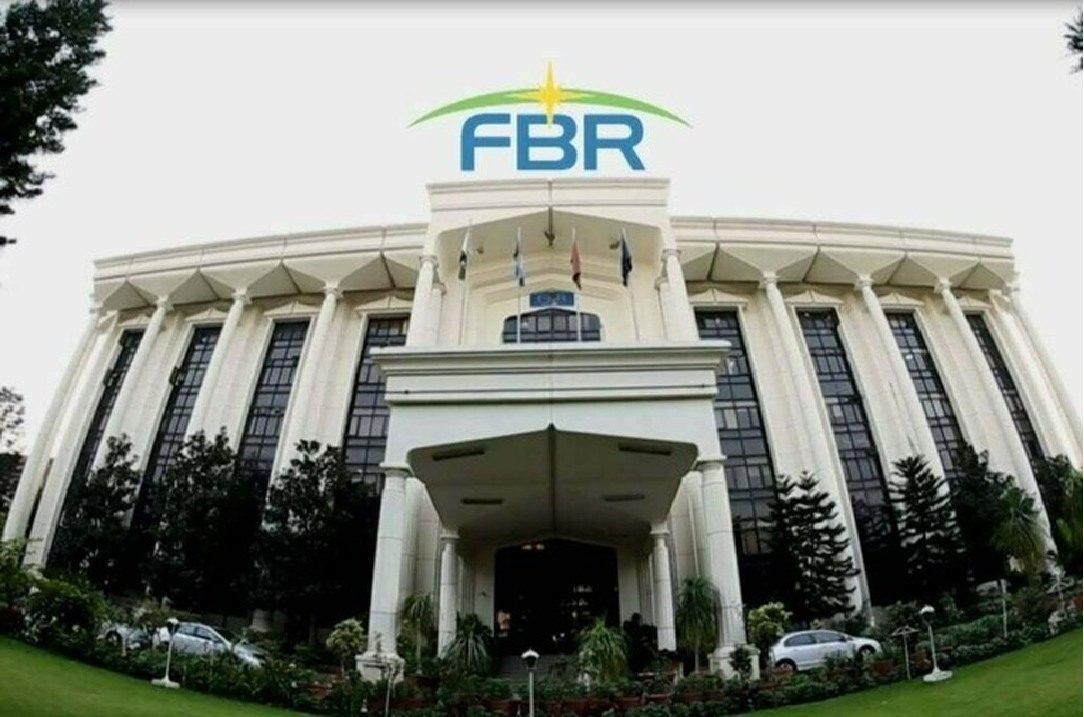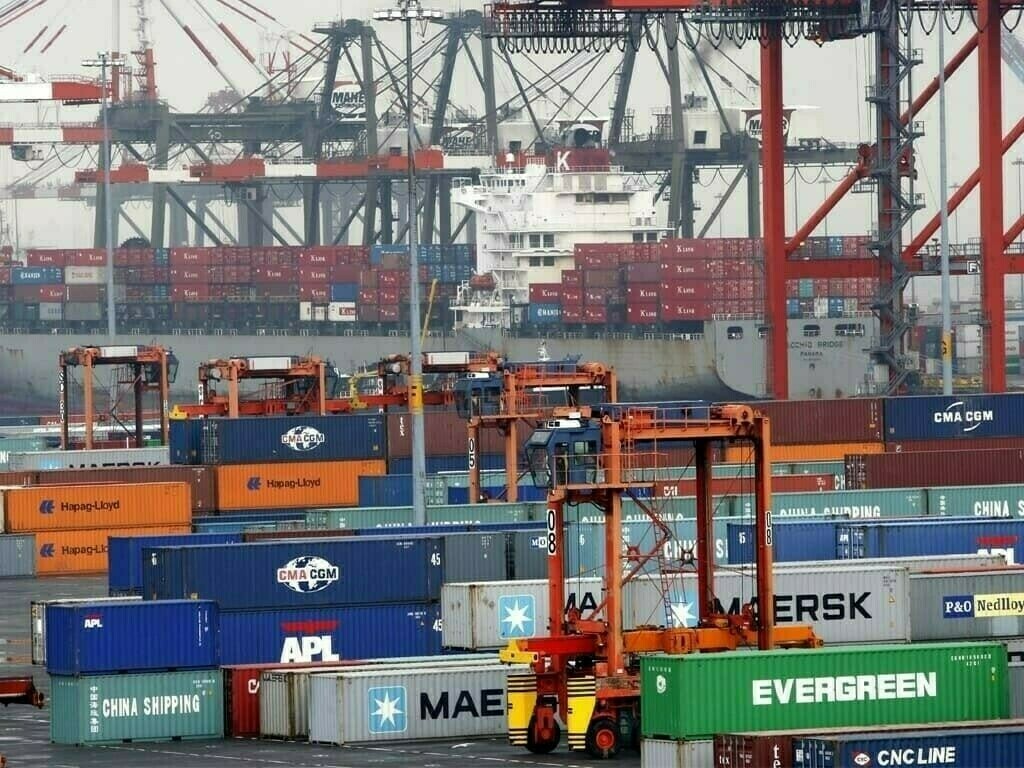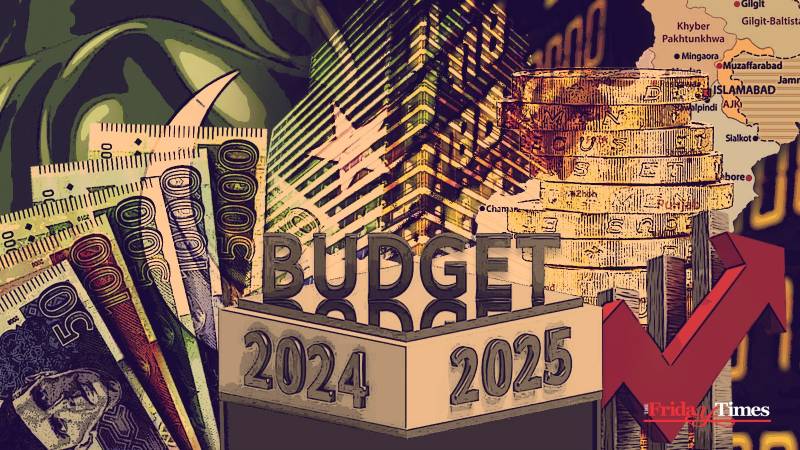PTBP Web Desk
Pakistan has recorded a $2.5 billion trade surplus with the United States during the current financial year 2024–25 (up to March), according to Federal Minister for Finance and Revenue Senator Muhammad Aurangzeb.
Responding to a question in writing submitted to the National Assembly on Wednesday, the minister revealed that Pakistan’s exports to the United States stood at $4.4 billion, whereas imports were valued at $1.9 billion during the first nine months of the fiscal year. This resulted in a substantial positive trade balance, reinforcing the United States as one of Pakistan’s most critical export destinations.
The data highlights a continuing trade surplus trend, though slightly lower than the previous year. In fiscal year 2023–24, Pakistan exported goods worth $5.3 billion to the US and imported $2.2 billion, generating a trade surplus of $3.1 billion.
Senator Aurangzeb provided a breakdown of the major goods traded between the two countries. On the export side, Pakistan’s major products sent to the US include:
• Garments and textiles
• Medical instruments
• PET-bottle grade plastic materials
These sectors represent Pakistan’s core strengths in manufacturing and low-cost production, particularly in the textile industry, which continues to dominate export figures.
In contrast, Pakistan’s primary imports from the United States consist of:
• Raw cotton
• Iron and steel scrap
• Computers and IT equipment
• Petroleum products
• Soybeans
• Almonds
These imports largely cater to Pakistan’s industrial, agricultural, and technological sectors, signifying the importance of US goods in supporting the country’s development needs.
Senator Aurangzeb also addressed concerns about the reciprocal tariffs recently imposed by the US government on Pakistani imports, which currently stand at 30%. However, these tariffs have been suspended for a 90-day period, offering a temporary reprieve for Pakistani exporters.
Despite this temporary relief, the situation remains concerning for exporters, many of whom have voiced that such high tariffs present a significant challenge to maintaining competitiveness in the US market. Higher tariffs can inflate the cost of Pakistani goods, making them less attractive compared to other low-cost producing nations.
That said, there is a silver lining. Some exporters believe that the higher tariffs imposed on other competitor countries—particularly in Asia—could shift demand in Pakistan’s favor. This potential strategic advantage, if leveraged correctly, could lead to enhanced export volumes to the US in the medium to long term.
To address the tariff challenge, the Prime Minister of Pakistan has constituted a Steering Committee and a dedicated Working Group tasked with conducting an in-depth analysis of the issue and recommending policy responses. The Ministry of Commerce is leading these efforts in coordination with various stakeholders, including:
• Relevant ministries and government departments
• Export associations and chambers of commerce
• Private sector exporters and trade analysts
The goal is to develop a comprehensive strategy to engage with US trade officials and policymakers, aiming to negotiate a more favorable trade environment for Pakistani goods.
The government’s response is also focused on protecting Pakistan’s market share in the US and ensuring that recent developments do not disrupt the country’s export-driven growth plans. This is especially critical at a time when Pakistan is seeking to boost foreign exchange reserves, improve current account balances, and reduce reliance on external loans.
The United States remains Pakistan’s single largest export market, with garments and textiles forming the backbone of trade. In recent years, the trade relationship between the two countries has been marked by mutual benefit, with Pakistan earning vital foreign exchange and the US accessing competitively priced goods.
However, evolving global dynamics, including geopolitical shifts, supply chain disruptions, and protectionist trade policies, require both countries to reassess their trade strategies.
If reciprocal tariffs are not lifted permanently, Pakistan may need to diversify its export portfolio and seek alternate markets to cushion against losses. Simultaneously, US firms reliant on low-cost imports from Pakistan could experience supply chain bottlenecks or increased operational costs.
Trade experts suggest that diplomatic engagement and lobbying efforts in Washington may help Pakistan secure better tariff terms, particularly given its status as a developing country with emerging market potential.




